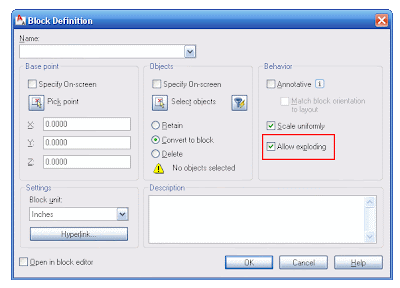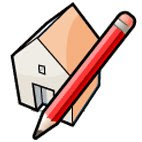Català - Castellano - Deutsch
When a Block is created there are several options that sometimes are overlooked. One of this is the option to not allow the block to be exploded. If you don't know that this exists, you might find yourself unable to explode a block that you really, really, really need to explode (I am no fan of Block exploding, I mostly hate people who do that as a hobby, but sometimes you do need to explode them).
The trick is to open the block definition dialog box (type "b", or "block") without selecting anything. Then on the drop down list search for the block you are unable to explode. You will see that the "allow exploding" option is unselected. Select it and click OK. Now select the Block, enter X for EXPLODE. The Block should explode.
 As I said before, be careful about exploding blocks (specially in a multiuser environment). If they have been created as blocks is for a reason, so exploding them might screw up someone else's effort. Remember that Blocks can be scaled, clipped using the XCLIP or CLIPIT commands, etc so consider other options before exploding them.
As I said before, be careful about exploding blocks (specially in a multiuser environment). If they have been created as blocks is for a reason, so exploding them might screw up someone else's effort. Remember that Blocks can be scaled, clipped using the XCLIP or CLIPIT commands, etc so consider other options before exploding them.
Show me more...




























